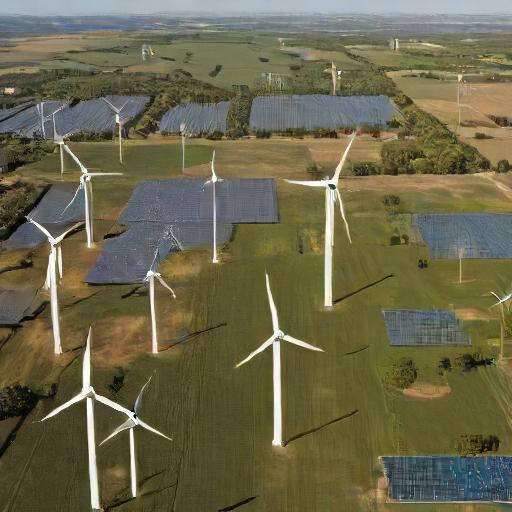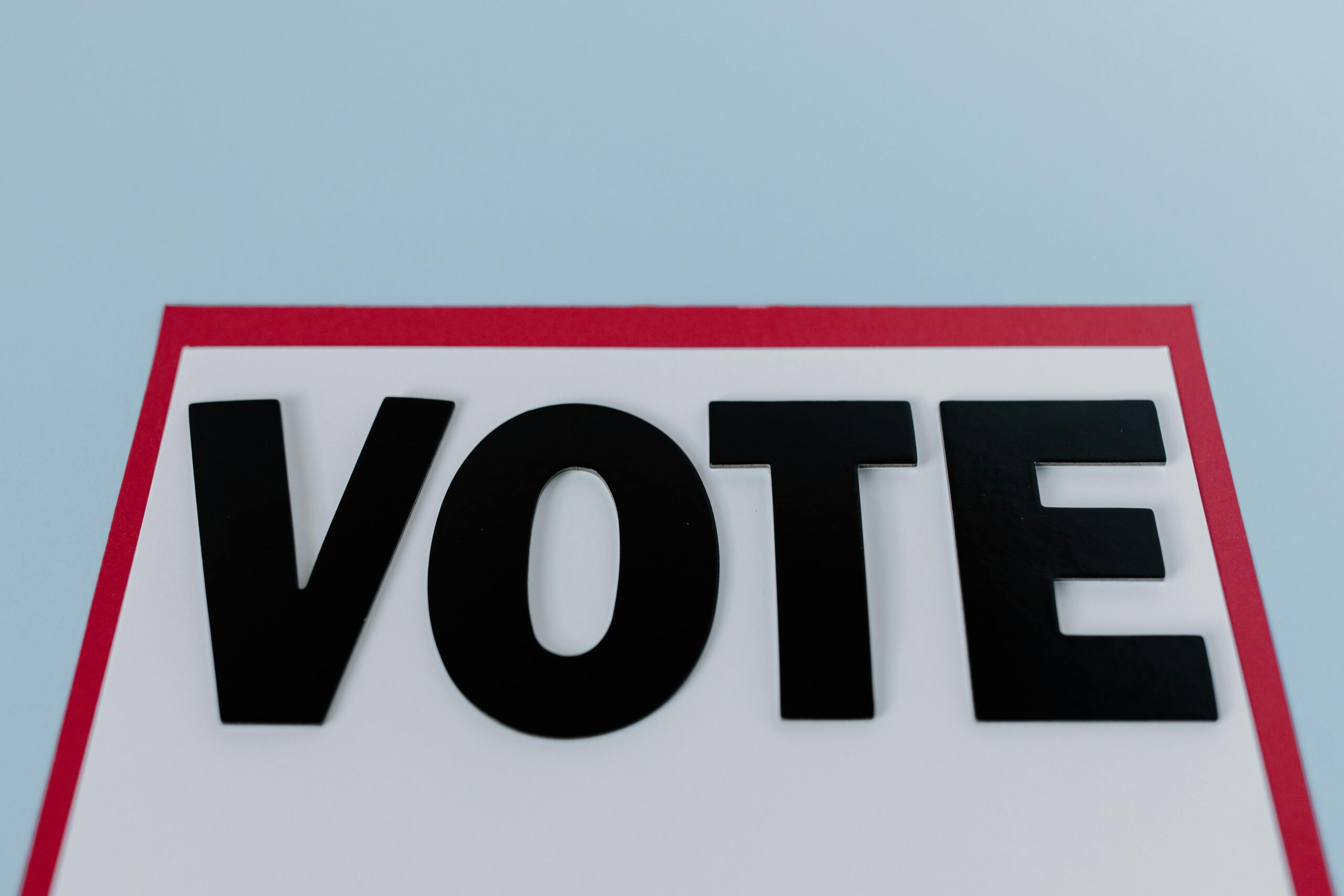The global capacity of renewable energy will rise by 50% between 2019 and 2024 due to the growth of solar and wind power. It will be propelled in the US by a more thorough policymaking process for climate change that the Biden administration has started. The following blog post regards the clean energy incentives and regulatory environment changes for fossil fuels under the Biden Administration as forerunners of how serious this Administration is about climate change and the green economy. US climate policy is an incremental history pointing backward. From the early environmental movements in the 1970s, in which the need to fight pollution gave way to the formation of the Environmental Protection Agency, to Obama’s Clean Power Plan, knowledge about concrete action to be taken against climate change has been heightened. However, the policy changes with the administration.

President Biden has been vocal about the fact that climate change is among the priority issues of concern that the administration will deal with. This administration strives to bring forth an aggressively ambitious set of policies aimed at reducing greenhouse gas emissions, setting a fast pace in renewable energy, and ensuring an equitable green economic transition. Key Features of the Biden Administration
1: Paris Agreement
The US returned to Paris Agreement on February 19 2021 by reaffirming leadership in the battle against climate change. The Biden Administration envisioned a carbon-free power sector by 2035 and to achieve net zero emissions throughout the economy by 2050.
2: Clean Energy Incentives
Tax Credits and Subsidies
The administration extended tax credits and increased subsidies for projects on clean energy to make renewable energies more competitive with fossil fuels.
Research and Development
A second important component in this element is the funding of research and development in clean energy technologies. The administration is trying to cut down the prices of renewable energies by underwriting innovation and is, therefore, targeting new solutions to reduce emissions across a very broad range of sectors.
Public-Private Collaboration
Pursuing public-private collaboration in clean energy projects will yield both parties an ability to work according to their strengths and leverage public funding along with policy support and private sector expertise coupled with investment. This will enhance the scale of renewable energy projects and thereby jobs, leading to economic growth.
3: Regulatory Shifts
Regulation Rollbacks
The vast majority of those rollbacks on environmental regulations that the prior administration had completed have since been reversed by the new Biden administration; stricter emissions standards were reinstated, and protections for air, water, and wildlife were further enhanced.
Emission Standards
The government has laid down new and tighter standards in the automobile and industrial sectors that would help immensely in bringing down GHG emissions, thereby closing this avenue toward Net Zero no later than 2050.
Fossil Fuel Subsidies
The removal of subsidies on fossil fuels and then taking money from these many pieces to finance renewable energy projects shifted a cleaner mix of energy with less reliance on fossil fuel dependency.
4: Impact
Economic Impact
Of course, such policies can have enormous impacts on the US economy in terms of creating jobs in the renewable energy sector, running into millions. This threatens to throw industries and communities dependent on fossil fuels into adapting to clean energies.
Environmental Impact
Such policies are likely to significantly reduce greenhouse gas emissions, improve air quality, and ensure better biodiversity protection—issues all very critical to climate change mitigation.
Social Impact
The Biden administration is working as well on correcting environmental injustices, ensuring that vulnerable communities—disproportionately impacted by pollution and climate change—can see some benefits from transitioning to clean energy.
5: Challenges
Political Opposition
The administered policies on the climate issues are under increasing political opposition from the interests orbiting the fossil fuel sector and political groups who believe that such measures may result in job losses and other problems with the economic system.
Challenges to Implementation
How it shall be effectively implemented has its problems specifically in the availability of sufficient funding sources and attending to transition needs of affected workers and other bureaucratic and logistics-related hurdles.
Green Groups’ Criticism
While most of the green groups do support the general direction the administration is moving, others find fault with either the pace or extent of the policies; some believe more aggressive action needs to be taken to head off disastrous climate change impacts.
Everyone can help make the planet healthier and more resilient by making known their demand for and working toward policies and practices that support sustainability.

Additional Reading:
- International Energy Agency Reports
- US Environmental Protection Agency Climate Change Overview
- Biden Administration’s Climate Policies





